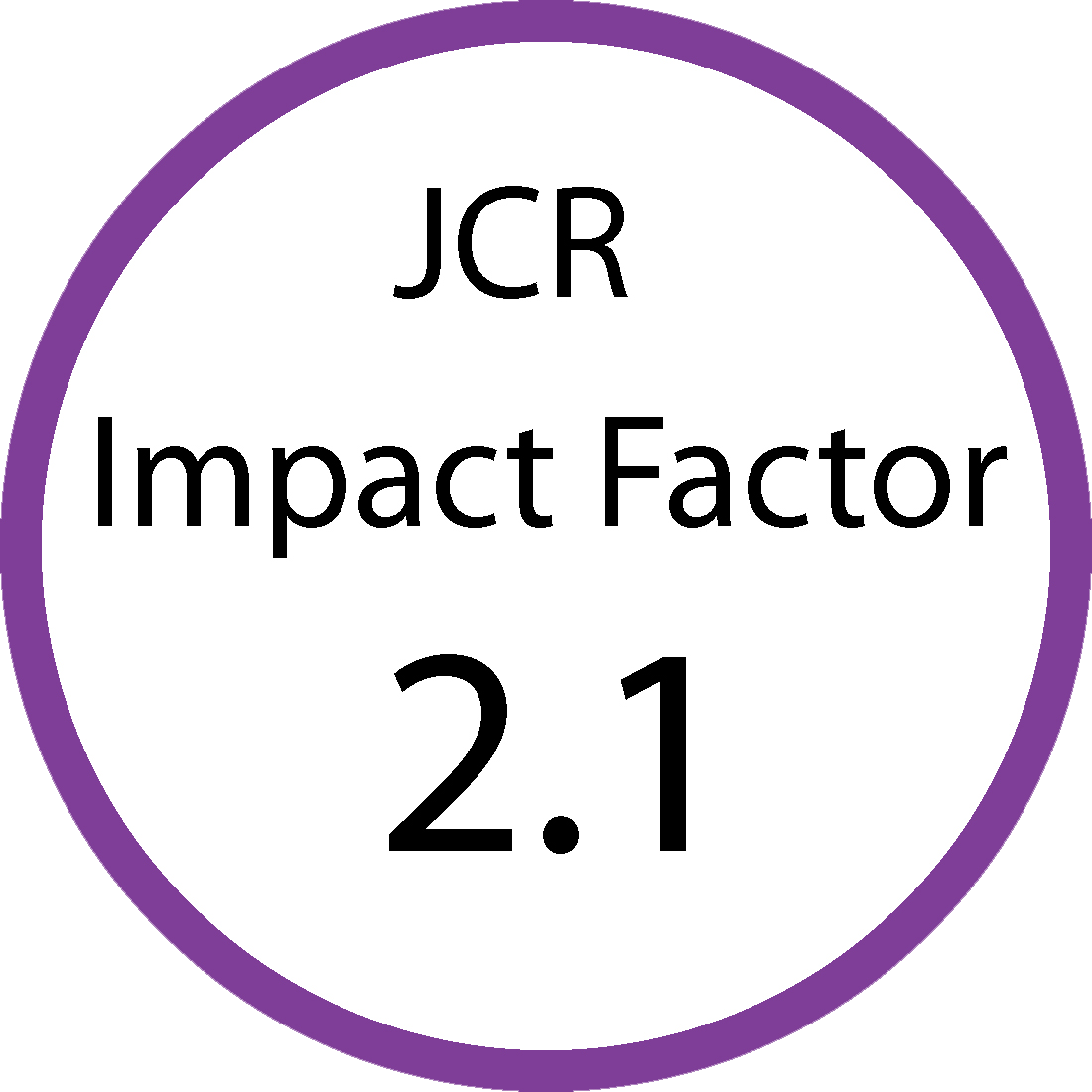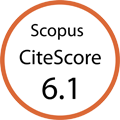Cancer Prevalence in E-Cigarette Users: A Retrospective Cross-Sectional NHANES Study
Abstract
Retracted
Background: It is well known that traditional smoking causes various types of cancer, leading to the current decline in traditional smoking among US adults from 20.9% in 2005 to 14.0% in 2019. Electronic cigarettes (e-cigarettes) are commonly marketed as a safe alternative and gaining popularity especially among never-smokers and adolescents. However, there is limited evidence of effects of e-cigarette on cancer. Hence, we aim to find the prevalence and association of e-cigarette and traditional smoking among cancer respondents.
Methods: We conducted a retrospective cross-sectional study using the NHANES database from 2015 to 2018. We assessed history of cancer (MCQ220), type of cancers (MCQ230a), and smoking status (e-cigarette: SMQ900 or SMQ905 and traditional smoking: SMQ020) using questionnaires. We performed multivariable logistic regression models to find the association of e-cigarette use, traditional smoking, and no smoking with cancer after adjusting for confounding variables.
Results: A total of 154,856 participants were included, of whom 5% were e-cigarette users, 31.4% were traditional smokers, and 63.6% were nonsmokers. There is a higher prevalence of e-cigarette use among younger participants, females (49 vs. 38) in comparison to traditional smokers (P < 0.0001). The e-cigarette users have lower prevalence of cancer compared to traditional smoking (2.3% vs. 16.8%; P < 0.0001), but they were diagnosed with cancer at a younger age. Among cancer subtypes, cervical cancer (22 vs. 2.6), leukemia (8.5 vs. 1.1), skin cancer (non-melanoma) (15.6 vs. 12.3), skin (other) (28 vs. 10) and thyroid (10.6 vs. 2.4) had higher prevalence of e-cigarette use compared to traditional smokers (P < 0.0001). Our regression analysis showed that e-cigarette users have 2.2 times higher risk of having cancer compared to non-smokers (odds ratio (OR): 2.2; 95% confidence interval (CI): 2.2 - 2.3; P < 0.0001). Similarly, traditional smokers have 1.96 higher odds of having cancer compared to nonsmokers (OR: 1.96; 95% CI: 1.96 - 1.97; P < 0.0001).
Conclusion: In our study, e-cigarette users had an early age of cancer onset and higher risk of cancer. Hence, this is stepping stone for future research to evaluate the safety and effects of e-cigarettes in patients with cancer.
World J Oncol. 2022;13(1):20-26
doi: https://doi.org/10.14740/wjon1438








 This journal follows the International Committee of Medical Journal Editors (
This journal follows the International Committee of Medical Journal Editors (